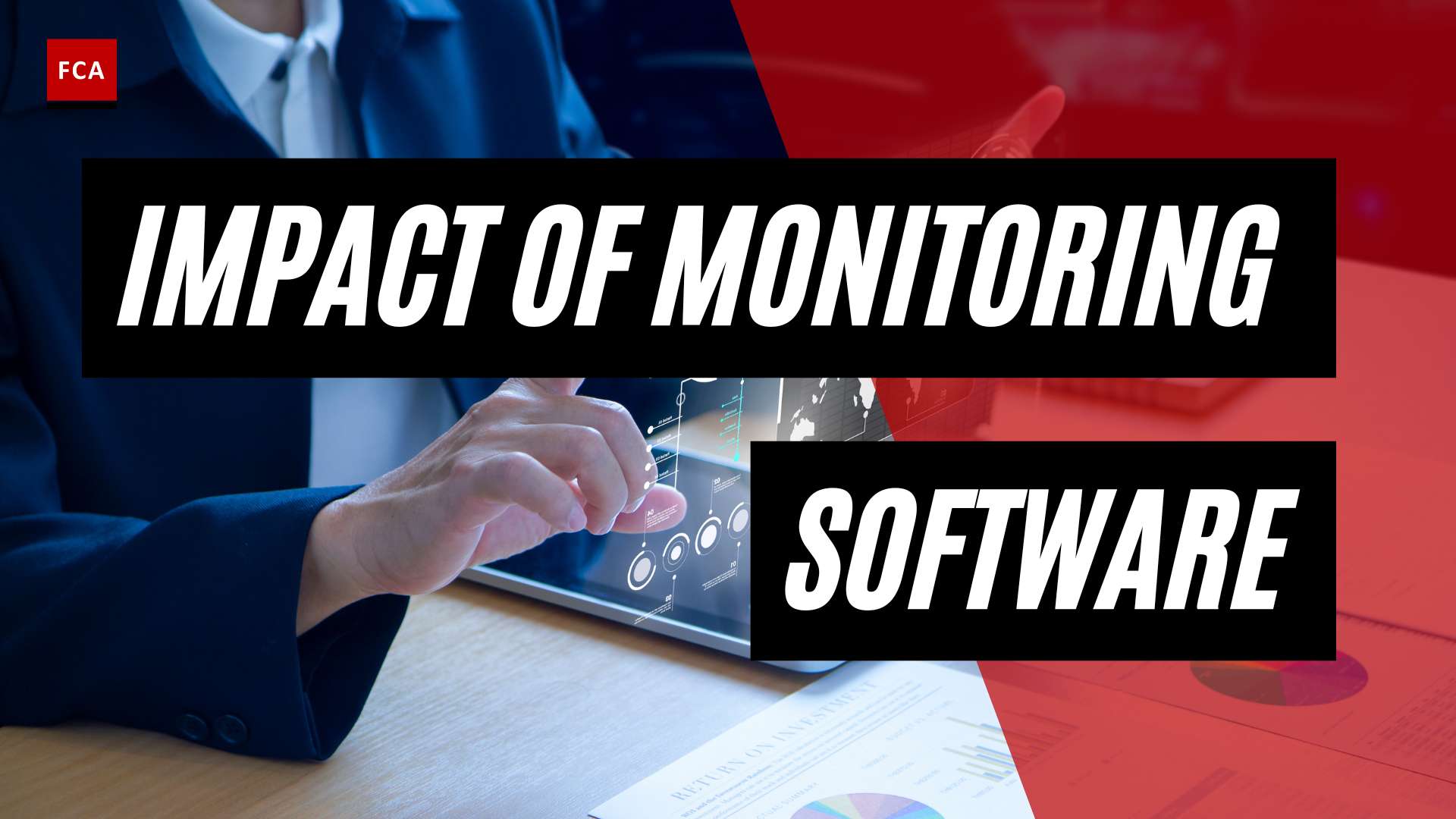Understanding AML Reporting
Anti-Money Laundering (AML) efforts are crucial to maintaining the integrity of global financial systems. A key part of these activities is AML reporting, a process that helps identify and report suspicious transactions that could be linked to money laundering. This section will define AML reporting and discuss its importance in the fight against financial crime.
Defining AML Reporting
AML reporting refers to the process by which financial institutions report suspicious activities that could indicate money laundering or fraudulent behaviors. As per the AML regulations, these institutions are required to file Suspicious Activity Reports (SARs) when they suspect such activities. These reports are submitted to regulatory bodies like the Financial Crimes Enforcement Network (FinCEN) in the United States.
The process of AML reporting is often overseen by AML compliance officers. They are responsible for creating and implementing AML compliance programs, reporting suspicious transactions, and monitoring AML regulations. Companies failing to meet these obligations can face heavy administrative fines by regulators (Sanction Scanner). For more information on creating an effective AML program, you can refer to our guide on AML policies.
Importance of AML Reporting
AML reporting plays a significant role in the global fight against financial crime. It helps identify and report potentially suspicious transactions, assisting authorities in detecting and preventing money laundering activities around the world.
Money laundering is a complex process where individuals or organizations attempt to conceal the origins of illegally obtained funds. This process includes various financial transactions like cash deposits, wire transfers, and the purchasing of assets like real estate or luxury goods.
In recent times, criminals are adopting new tactics, including the use of cryptocurrencies and other emerging technologies, to evade detection. They also resort to complex transactions, shell companies, and trade-based money laundering to obscure the origin of funds, making it challenging for AML officers to track the money trail (Sanction Scanner).
Through effective AML reporting, these suspicious transactions can be identified and investigated, preventing the flow of illicit funds and maintaining the integrity of the financial system. It underscores the importance of regular AML training and AML awareness among staff within financial institutions to better understand and respond to these ever-evolving threats.
AML Regulatory Landscape
The regulatory landscape for Anti-Money Laundering (AML) reporting is a complex and dynamic one, with standards and regulations at both global and national levels. These regulations are aimed at preventing money laundering and financing of terrorism, which are global issues with severe societal and economic impacts.
Global AML Standards
The global standards for AML reporting are set by the Financial Action Task Force (FATF). The FATF, comprising 39 member states, works diligently to prevent international money laundering and terrorism financing. They have developed AML/Counter-Terrorism Financing (CFT) recommendations that member states are required to implement via domestic legislation. These standards are frequently updated to reflect changes in the global risk environment, emerging criminal trends, regulations, and fintech innovations. For more information on global AML standards and how to ensure AML compliance, check our detailed guide.
National AML Regulations
On a national level, regulations vary from country to country. For instance, in the United States, the USA PATRIOT Act of 2001 required financial institutions to establish AML programs to prevent and detect money laundering and terrorist financing. This act also introduced a customer identification program (CIP) that outlines procedures for verifying the identity of customers who open accounts (Investopedia).
In the United Kingdom, the primary AML/CFT regulations include the Money Laundering, Terrorist Financing and Transfer of Funds Act 2017, the Proceed Of Crime Act 2002, and the Terrorism Act 2000. These regulations mandate financial institutions to conduct risk-based checks on customers, including customer due diligence, establishing ultimate beneficial ownership, screening against PEP lists and sanctions lists, and running adverse media checks (Ripjar).
Switzerland, on the other hand, regulates money laundering and terrorism financing under the Federal Act on Combating Money Laundering and Terrorist Financing in the Financial Sector 1997, also known as the Anti-Money Laundering Act (AMLA). The regulations impose AML/CFT reporting and record-keeping obligations on financial institutions in Switzerland, including sanctions, PEP, and adverse media screening requirements.
Understanding both the global and national regulatory landscape is essential to ensure compliance with AML reporting requirements. It also helps in designing robust AML policies and procedures, and in providing effective AML training to staff. As the regulatory landscape continues to evolve, staying abreast of changes and updates is key to managing AML risks effectively.
Challenges in AML Reporting
AML reporting, a crucial aspect of financial regulation, is not without its challenges. From technological shortcomings to regulatory hurdles and staffing issues, these challenges can impede the effective implementation of AML measures.
Technological Challenges
Financial institutions face significant technological challenges in their AML reporting efforts. Criminals utilize various methods such as shell companies, offshore accounts, and digital currencies to launder money, making it challenging to trace the source of funds. They may also employ complex transactions like layering and integration to disguise the origin of funds.
Moreover, the lack of data and technology resources hinders the ability to effectively detect and prevent money laundering activities. This can be due to insufficient data on customers, transactions, or third parties, as well as the absence of necessary analytics tools to identify suspicious activities (Sanction Scanner).
Regulatory Challenges
AML regulations vary across jurisdictions, posing a significant challenge for banks and financial institutions managing cross-border and multi-jurisdictional AML compliance standards. Complying with different AML regulations in various jurisdictions and gathering more information on customers and their beneficial owners is time-consuming and resource-intensive (Sanction Scanner).
Moreover, the lack of cooperation and information sharing between financial institutions and regulatory authorities can impede effective analysis of the provided information. This is often due to concerns about legal liability and reputational risks. For more information on AML regulations and their impact, check out our guide on AML regulations.
Staffing Challenges
Finding skilled AML professionals is another significant challenge. High demand and a shortage of qualified candidates make it difficult for financial institutions to fill these roles.
This difficulty is compounded by high onboarding costs and high turnover rates, necessitating continuous AML training for new employees to stay informed of evolving regulatory obligations. For resources on AML training and professional development, visit our AML training page.
These challenges underline the need for comprehensive AML policies, robust AML procedures, and proactive AML risk assessment strategies, along with ongoing AML awareness efforts. By acknowledging these challenges and addressing them effectively, financial institutions can enhance their AML compliance and contribute to the fight against financial crime.
Technology in AML Reporting
In today’s digital age, technology plays a significant role in enhancing the effectiveness and efficiency of AML reporting. With the rise of digital banking technologies and increasingly complex regulatory requirements, financial institutions are turning to automation and artificial intelligence to bolster their AML compliance efforts.
Role of Automation
Automation has become a crucial tool in managing AML reporting. According to a survey by Datos Insights Report, over 80% of participants stated that automation is vital for managing AML reporting.
Automation helps streamline complex and time-consuming processes involved in AML compliance, such as monitoring transactions, identifying suspicious activities, and generating reports. By automating these tasks, financial institutions can significantly reduce the risk of human error, increase efficiency, and ensure timely and accurate reporting.
The same survey revealed that over 50% of respondents mentioned that regulatory requirements are the primary driver for investing in AML compliance technology. This underlines the necessity of ensuring compliance with evolving regulations and the role of automation in achieving this goal.
AI and Machine Learning in AML
The use of artificial intelligence (AI) and machine learning in AML reporting is gaining momentum. These advanced technologies can significantly enhance the efficiency and accuracy of AML reporting processes, enabling institutions to stay ahead of financial criminals.
AI and machine learning algorithms can sift through vast amounts of data and identify patterns that might go unnoticed by human analysts. They can detect suspicious activities and transactions with higher precision and speed, reducing the risk of false positives and improving the overall effectiveness of AML measures.
In addition to enhancing the detection capabilities, AI and machine learning can also aid in predictive analysis, helping institutions anticipate potential risks and take proactive measures to mitigate them. This is particularly crucial given the dynamic nature of money laundering tactics and the evolving regulatory landscape.
The integration of AI and machine learning into AML reporting processes represents a significant step forward in the fight against financial crime. However, it’s important for financial institutions to continuously update their AML technology and compliance systems to meet evolving regulatory standards and to effectively counter sophisticated money laundering tactics.
For more information on enhancing AML compliance, check out our articles on AML compliance, AML policies, and AML procedures. For those looking to deepen their understanding of AML and CFT, our AML training and CFT training resources can be highly beneficial.
Enhancing AML Compliance
In the face of evolving risk landscapes and regulatory expectations, financial institutions are under increasing pressure to enhance their Anti-Money Laundering (AML) compliance measures. This involves the implementation of advanced AML solutions and the adoption of proactive compliance strategies.
Implementing Advanced AML Solutions
With the rise of digital banking technologies, the potential for money laundering activities has escalated, heightening the complexity of AML reporting requirements globally. To mitigate these risks and adhere to stringent regulatory requirements, financial institutions are showing a growing interest in implementing advanced technology solutions for customer due diligence (CDD) and enhanced transaction monitoring.
According to a Datos Insights Report, over 60% of respondents expressed interest in such technologies to strengthen their AML reporting. Furthermore, more than 80% recognized the need to apply machine learning and artificial intelligence techniques in this area, acknowledging that automation is crucial for managing AML reporting.
Advanced AML solutions leverage machine learning and artificial intelligence to better identify and mitigate risks associated with money laundering. These technologies can enhance the efficiency and accuracy of AML reporting processes, enabling institutions to stay ahead of financial criminals and meet the stringent AML regulations.
Adopting Proactive Compliance Strategies
Apart from implementing advanced AML solutions, adopting proactive compliance strategies plays an integral part in enhancing AML reporting. These strategies involve regularly updating AML technology and compliance systems to meet evolving regulatory standards.
Compliance teams in financial institutions are tasked with monitoring a vast array of data and transactions to detect suspicious activities effectively. Regular AML training can equip these teams with the necessary skills and knowledge to navigate the complexities of AML reporting. Additionally, adopting proactive strategies such as conducting regular AML risk assessments and updating AML policies and procedures can further bolster an institution’s AML compliance measures.
Emphasizing AML awareness across the organization and adhering to AML guidelines can also contribute significantly to a robust AML compliance program. By combining advanced technology solutions with proactive compliance strategies, financial institutions can effectively fortify their defenses against financial crime and meet their AML reporting obligations.
Real-Life AML Reporting Scenarios
To truly understand the practical implications of anti-money laundering (AML) reporting, it’s beneficial to look at real-life scenarios and case studies. These situations provide valuable insights into the strategies and practices that have proven effective in detecting and preventing money laundering activities.
Case Studies of AML Reporting
There are numerous instances where financial institutions have faced challenges in AML reporting due to various factors such as the lack of cooperation between regulatory authorities, inadequate data and technology resources, and the complexity of managing multi-jurisdictional AML compliance standards.
For example, criminals often use complex transactions like layering and integration to disguise the origin of funds. They may employ methods such as shell companies, offshore accounts, and digital currencies, making it challenging for financial institutions to trace the source of funds. This necessitates robust AML procedures and technology to detect such activities effectively.
Another example pertains to the management of cross-border and multi-jurisdictional AML compliance standards. Banks and financial institutions often struggle with adhering to different AML regulations in various jurisdictions. Gathering more information on customers and their beneficial owners is time-consuming and resource-intensive, stressing the need for efficient AML compliance strategies.
Lessons from AML Reporting Practices
Several crucial lessons can be drawn from these real-life AML reporting scenarios. One of the primary takeaways is the importance of investing in advanced technology for customer due diligence (CDD) and enhanced transaction monitoring. A survey by Datos Insights found that over 60% of respondents expressed interest in implementing such solutions to strengthen AML reporting.
Another significant finding is that over 80% of participants stated that automation is crucial for managing AML reporting. Many acknowledged the need to apply machine learning and AI techniques in this area, signaling a growing trend towards leveraging technology in AML compliance.
Further, over 50% of respondents mentioned that regulatory requirements are the primary driver for investing in AML compliance technology. This underscores the need to ensure compliance with evolving regulations, highlighting the importance of staying updated with the latest AML regulations and AML guidelines.
Moreover, the challenges related to data quality, the timeliness of reporting, and the need for improved integration between AML systems and other platforms within organizations were highlighted. This emphasizes the need for financial institutions to continuously review and enhance their AML reporting practices.
In conclusion, real-life AML reporting scenarios provide practical insights into the challenges and trends in AML reporting. They highlight the importance of adopting proactive compliance strategies, implementing advanced AML solutions, and ensuring continuous AML training to effectively combat financial crime.









